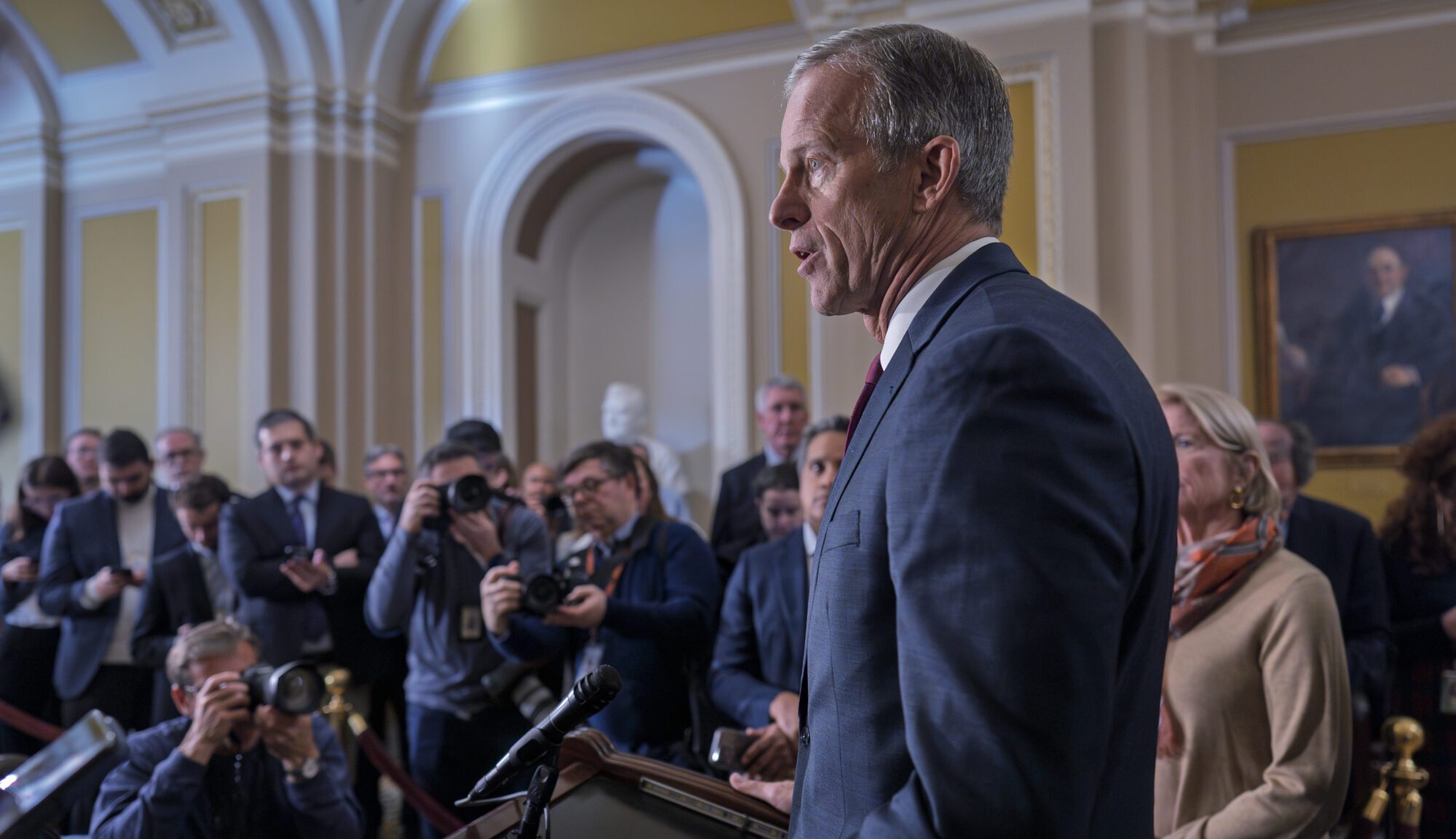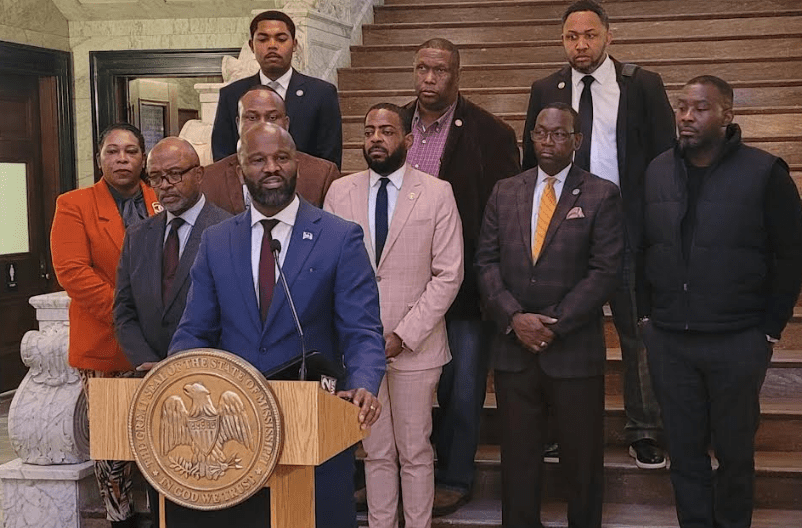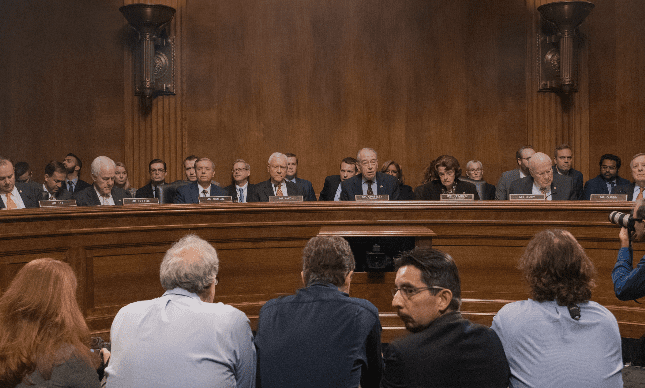Hood ranks 1st among AGs getting money from trial lawyers
Personal-injury lawyers, collectively, are among the biggest of big businesses, so much so that we at the Manhattan Institute have dubbed them “Trial Lawyers, Inc.”[1] It’s no secret that this group of attorneys is a powerful political force, exerting pressure on legislators and elected judges alike.[2] Few realize, however, just how in bed the litigation industry is with the very officials we entrust to enforce the law itself—the attorneys general of the various states. In fact, our state attorneys general have become not just allies of the trial bar but, in many cases, indispensable to developing Trial Lawyers, Inc.’s new lines of business. State AGs make possible the payment of windfall fees to their allies in the plaintiffs’ bar, whose lawyers in turn gratefully fill the officials’ campaign coffers with a share of their easily obtained cash. This report tells the story of the questionable bargain between the trial bar and the states’ top law-enforcement officers.
In understanding just how and why state attorneys general work with the trial bar, it’s important to realize that, unlike the U.S. attorney general, who is appointed by and accountable to the president, most state attorneys general are answerable to no higher official, having been chosen by the public at large.[3] The statewide campaigns they wage demand rich war chests. Moreover, winners often use these positions as stepping stones—as in the cases of Rhode Island senator Sheldon Whitehouse; New York’s former governor, Eliot Spitzer; and Connecticut senator Richard Blumenthal[4] —requiring further financial support.
To subsidize their ambition, many state attorneys general have embraced the plaintiffs’ bar over the past two decades in a symbiotic relationship that has enriched each at the expense of the general public and the rule of law. The large-scale trend dates back to 1994, when Mississippi trial lawyer Richard Scruggs reached out to his state’s attorney general, Mike Moore, a fellow native of Scruggs’s hometown of Pascagoula.[5] Scruggs’s idea was to have Mississippi sue the tobacco companies—and retain his own small firm to litigate the case. But that was not the nub of the problem, the dubious merits of the case aside. It lay in the fee arrangement: Scruggs and his firm would not get hourly fees, which would reflect the amount of work they performed—the normal arrangement between governments or companies and the private lawyers they retain. Instead, the Scruggs firm contracted for a share of the proceeds of the suit, through a contingency-fee arrangement roughly parallel to those regularly arranged between plaintiffs’ lawyers and private individuals, who tend to lack the up-front funds to pay lawyers by the hour. States not only have such resources; they have the legal sophistication to determine whether a case under consideration has a chance of prevailing, unlike private citizens, who must turn to self-interested plaintiffs’ lawyers to make that evaluation.
When the smoke cleared, all 50 state AGs signed on to some version of Scruggs’s scheme.[6] The money involved was so great that even AGs from tobacco-growing states felt pressure to come on board, so as to ensure that their citizens got “their share” of the proceeds. And under the contingency-fee arrangement, a significant portion of each state’s share went to the lawyers themselves. Scruggs himself took in over a billion dollars,[7] and though he is now serving time in federal prison for attempting to bribe a judge in an unrelated case,[8] the litigation business model that he developed lives on. Such arrangements undergird many of Trial Lawyers, Inc.’s most lucrative modern business lines, including litigation against pharmaceutical companies and shareholder lawsuits against companies for alleged securities fraud.
Trail Lawyers Inc.







